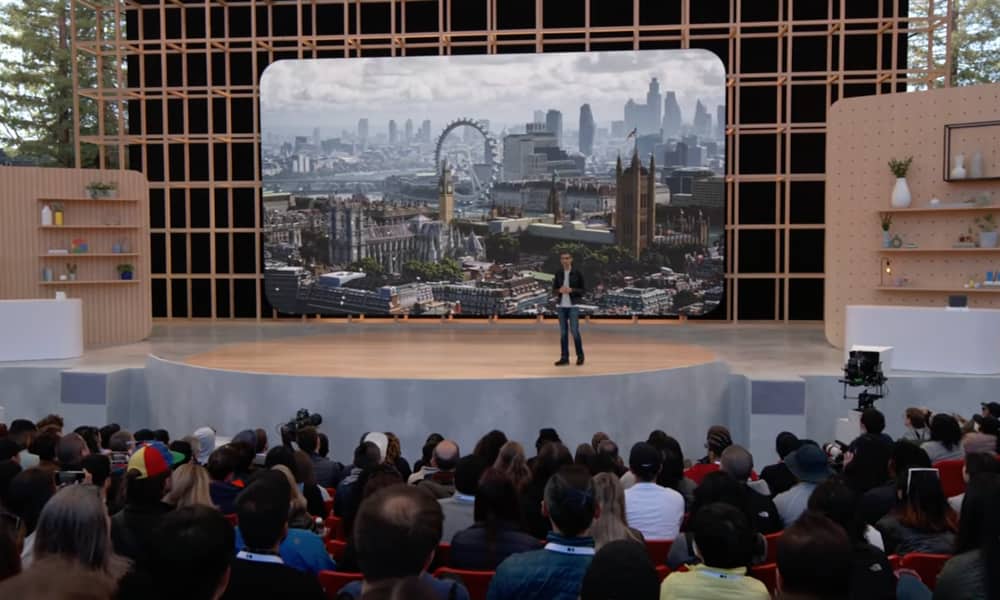Google Maps to get ‘immersive view’ for select cities

Google Maps is bringing an immersive view to the maps, with over a billion people using it to navigate. Users will be able to get a feel for a neighbourhood, landmark, restaurant, or popular venue with the new immersive view, and get used to it before going there. “Whether you’re visiting a new place or looking for hidden local gems, immersive view will help you make the best decisions possible,” says Miriam Daniel, VP of Google Maps.
Google will combine billions of aerial and street-level images to create a new, high-fidelity representation of a place using advances in 3D mapping and machine learning. The new immersive view will be powered by these technologies. This immersive experience will work on nearly any phone or device. Later this year, the immersive view will be available in Los Angeles, London, New York, San Francisco, and Tokyo, with more cities to follow.
“Say you’re planning a trip to London and want to figure out the best sights to see and places to eat,” Daniel writes in the blog post. You can virtually soar over Westminster with a quick search to see the neighbourhood and stunning architecture of places like Big Ben up close. You can use the time slider to see what the area looks like at different times of day and in different weather conditions, as well as see where the busy spots are, with Google Maps’ information layered on top.”
Google Maps has been around for 15 years and is one of the most widely used navigation apps. To date, Google has mapped approximately 1.6 billion buildings and over 60 million kilometres of roads. Due to a lack of high-quality imagery and distinct building types and terrain, some remote and rural areas have previously been difficult to map. Google is addressing this by using computer vision and neural networks to detect buildings at scale from satellite images. As a result, Google has increased the number of buildings on Google Maps in Africa from 60 million to nearly 300 million since July 2020.
This year, Google has doubled the number of buildings it has mapped in India and Indonesia. These new techniques have been used to detect over 20% of the buildings on Google Maps globally.
Picture Courtesy: Google/Images are subject to copyright







